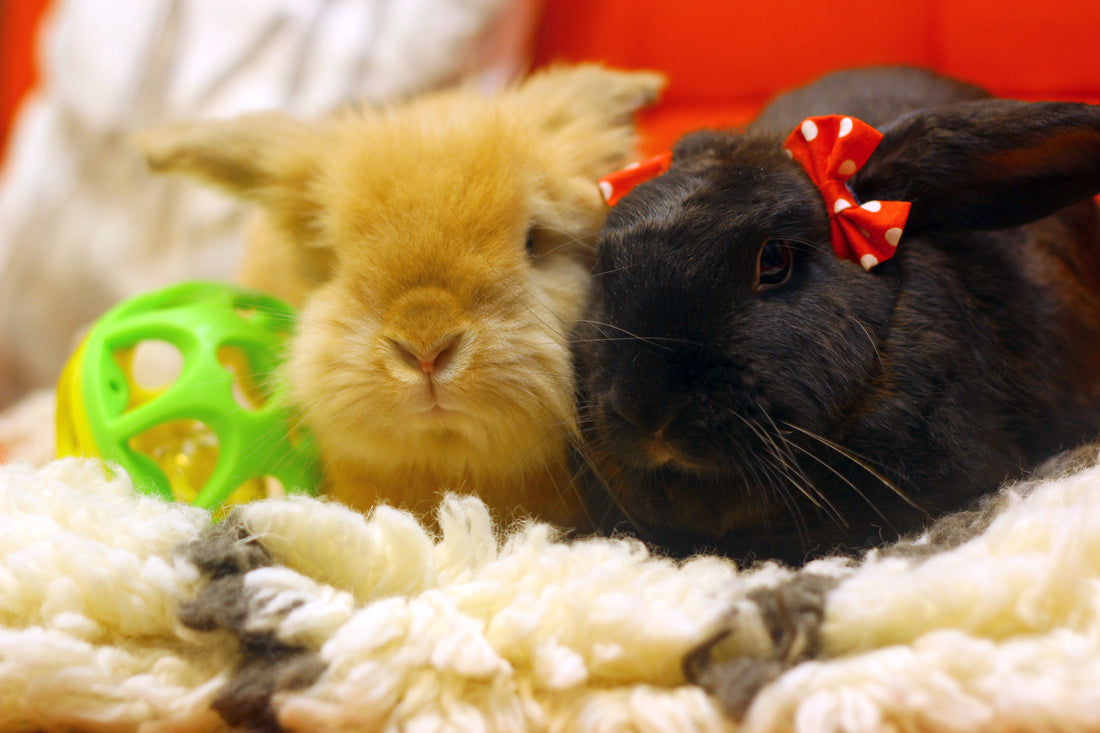
Health: Spaying and Neutering
Spaying and Neutering is the medical procedure in which the reproductive organs are surgically removed to prevent rabbits from reproducing, getting certain life threatening diseases and developing aggressive behavior. Unfortunately, in the Philippines, most rabbit owners and even pet shops aren’t aware of the importance of spaying or neutering a rabbit.
When rabbits reach 4 months old, they become more territorial. Some rabbits become aggressive, some become more territorial. Owners, who are unaware of the hormonal changes that rabbits go through, may get surprised with the sudden change in behavior. When this time comes, it’s time to visit a rabbit veterinarian to talk about spaying or neutering.
Neutering is done on male rabbits mainly to prevent aggressive behavior, which includes spraying urine to mark their territory, barking, lunging and even biting when they feel threatened. Spaying, on the other hand, is done on female rabbits mainly to prevent diseases such as reproductive cancers. Once a female rabbit reaches 5 years of age, the chances of getting uterine cancer is 80%. Yes, 80% is a huge chance, which makes it a serious threat to their health. With spaying, this could be virtually eliminated. Not only that, but spaying can also decrease their aggressiveness.
For 2 (or more) rabbits to grow old happily together, it is important that they are both spayed or neutered. Territorial and aggressive rabbits are impossible to keep in one space without them hurting each other. Once rabbits are altered, they can be successfully bonded, making them inseparable for life.
Just some things to expect,
1) In other countries, vets use a special type of glue to close surgical incisions to prevent biting and pulling on stitches. But in our country, vets stitch up the incisions, thus there is always a chance of rabbits biting on them.
2) Because of this, vets here would suggest e-collars. This can be very stressful for any rabbit, but eventually, they will get really used to it. Of course, you have to make sure that even with these collars on, your rabbit can easily access his food and water. You can also remove it when you’re close by and watching him so he can groom and get comfortable. And since your rabbit has an e-collar on, please remember to feed them their cecotropes when possible.
3) Give your rabbit food and water before the surgery. It’s a common misconception to allow them to fast before surgery like dogs, but rabbits need to eat to keep their guts going.
4) Bring a light towel or hanky to keep them warm during the ride home. It’s important to not let their body temperature go down. You can also use a hot compress wrapped in a towel and place this near your rabbit in case he or she gets cold in his enclosure after the surgery.
5) Offer your rabbit food and water once you get home from the surgery. It’s very important to get their gut going. Offer them their favorite vegetables or even treat just to get them to eat. From experience, they would prefer to eat fresh vegetables over other food so be sure to be prepared with some after their surgery.
6) Some rabbits find it hard to drink from a bottle if this is what they're used to, so try offering water in a bowl or even a syringe. It may take days especially after spay for your rabbit to get back to eating regularly, so be patient and keep offering his favorite foods until then.
7) Ask your vet about pain relievers if you need to bring home any, and if your rabbit will be needing it.
8) Be prepared with recovery food like Oxbow Critical Care of Momi Complete Care, in case your rabbit refuses to eat within 12 hours after the surgery. If this happens, you may need to syringe feed recovery food to get his gut going and also, to help with his recovery.
There are a lot of things that you should know about spaying or neutering, especially about the pre-care and post-care of your rabbit. Take time to read about it (there are lot of sources in the internet) and remember to ask the vet if you have questions.
SOURCES:
http://myhouserabbit.com/rabbit-health/spaying-or-neutering-your-pet-bunny/
https://rabbit.org/faq-spaying-and-neutering/
